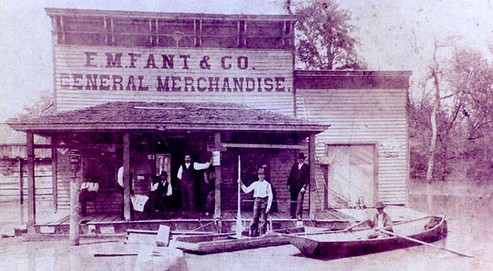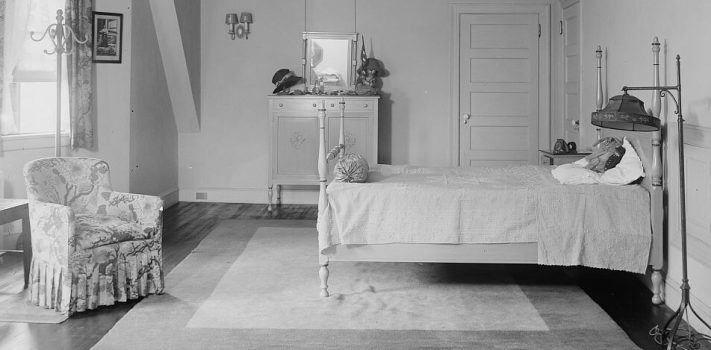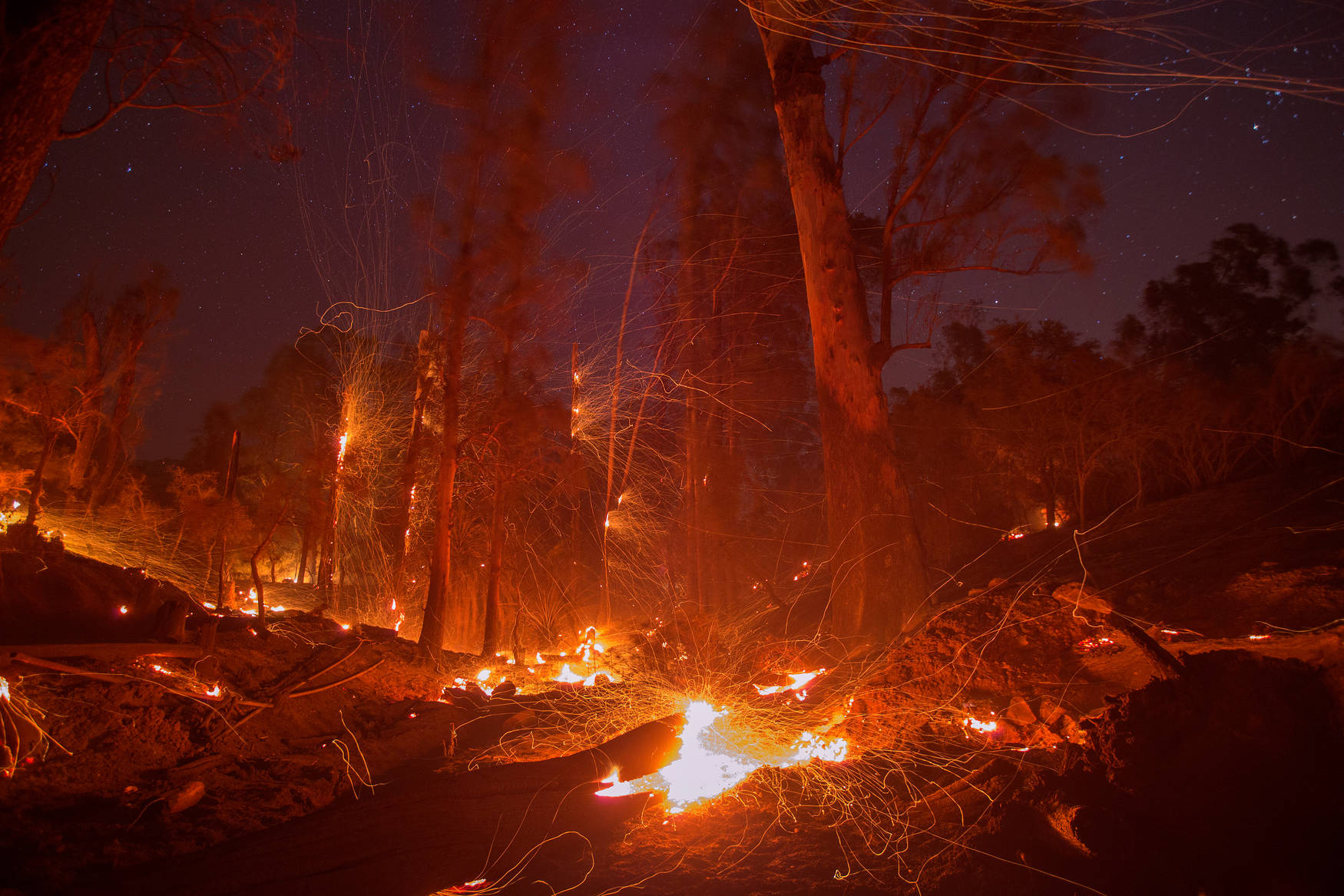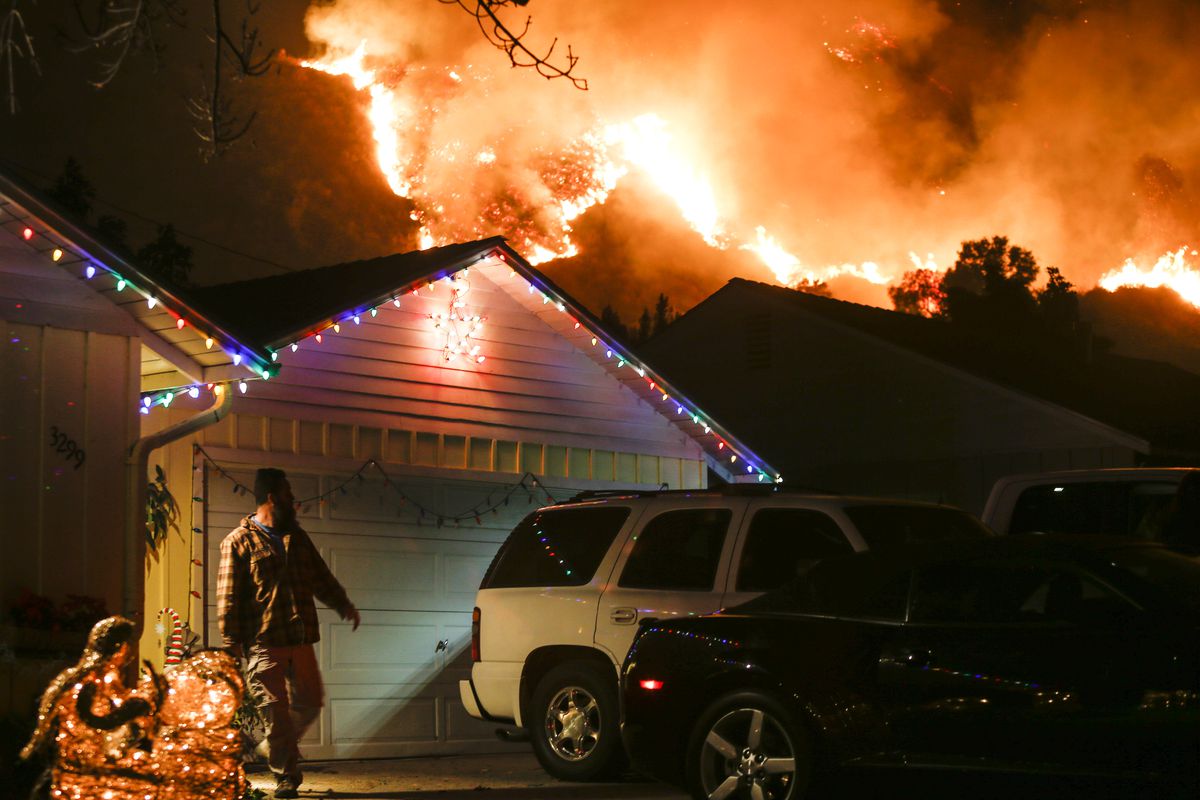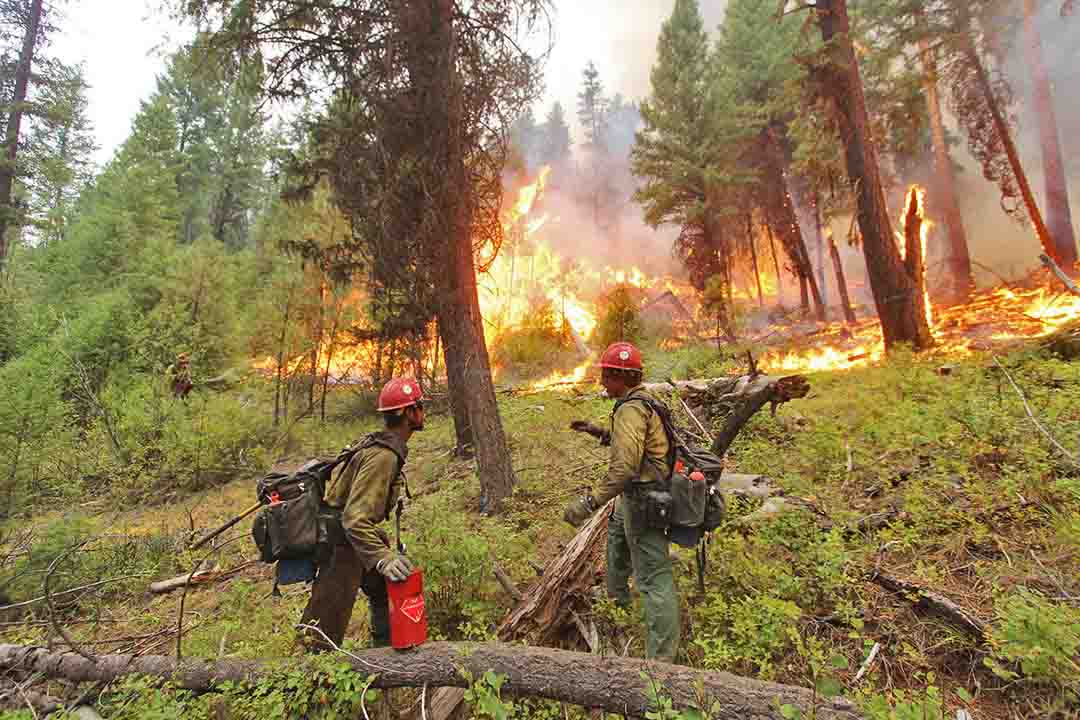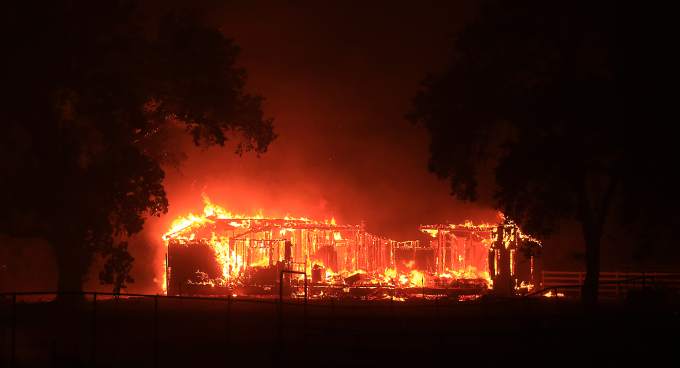Risk Management for Small Business Owners, by T.S.
I’m willing to bet that many SurvivalBlog readers own a small business of some sort. Whether you have a brick-and-mortar store, sell homemade goods at a farmer’s market, or have a “side gig” with eBay or Etsy, figuring out how to make your small business resilient (without much expense) is an excellent use of your time. I own a small and entirely online business that ships products across the USA. This is currently an additional income source. My “day job” is in IT, where I’m certified in risk management and disaster recovery planning. I’m going to present an industry-standard plan …

